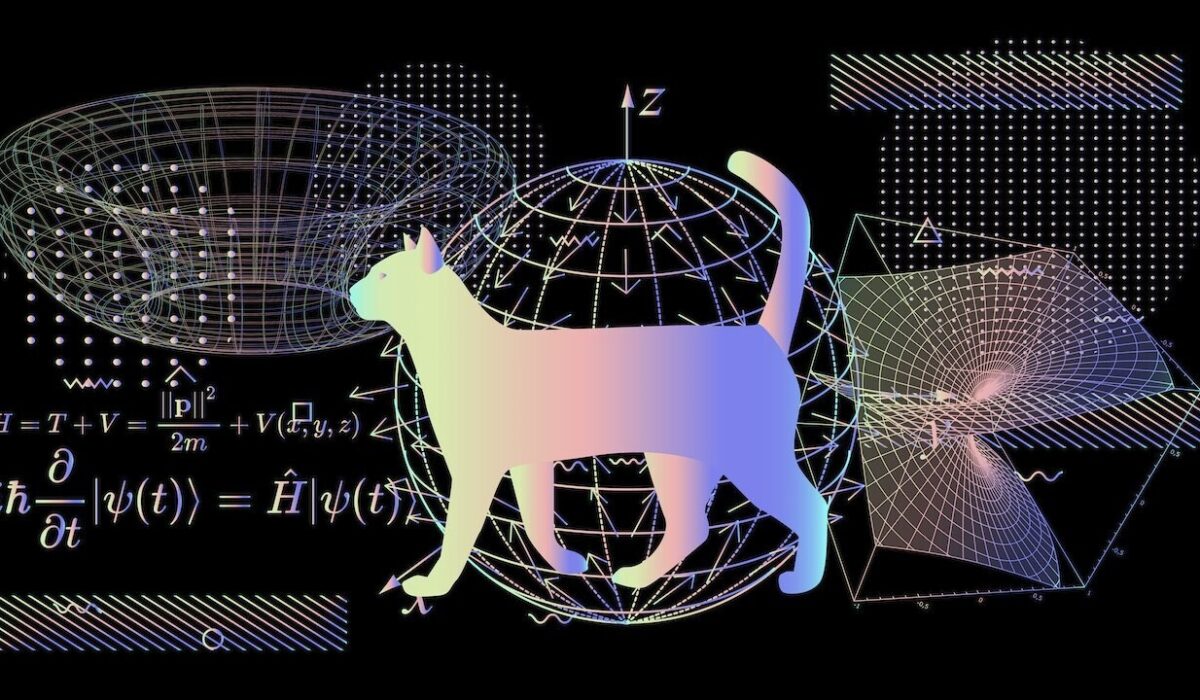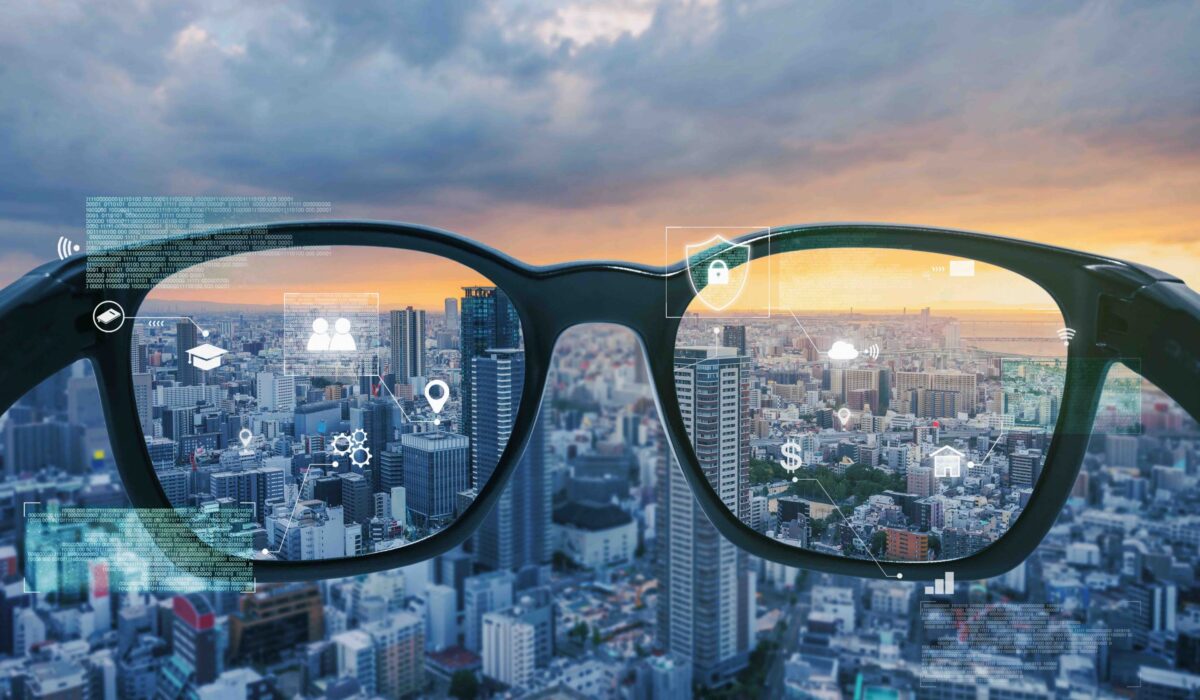Basically anyone able to read this is at least familiar with the laws of physics, things like motion, gravity, time, density, momentum, energy etc. You may not know all the details or the scientific explanation but when you see something happen in real life you know whether it is following the basic laws of physics.
My goal is to give the average person a high-level basic understanding of the general laws of Quantum much the same way we have a general understanding of the laws of physics. Moving forward it will be absolutely imperative if you hope to understand the future development of technology.
Quantum will play a significant role in nearly if not all future technology and will eventually become as much a part of our everyday lives as traditional physics. Without a basic understanding of the quantum laws these technologies will look like pure magic of miracles, furthermore it will seem impossible that such a device could exist.
First, we must realize more than one set of laws exist and a given particle may ONLY be governed by one set at any given time. First we have the laws of Physics that govern the interactions of objects in our reality and second we have the Quantum laws the govern the world of particles and atoms. I predict there will be a third set of laws discovered in the future that govern the universe and creation in general but that’s a topic for another day.
Below are basic descriptions and laymen explanations for each of the core principles of quantum. While reading this it is important to remember that particles in a quantum state ARE NOT subject to traditional physics laws such as gravity, time, distance, density, location and so on.
Quantum Entanglement
Once particles are placed in a quantum state they can become entangled one with another. Then the same quantum state can exist at two or more physically separated locations at the same time regardless of the distance.
Quantum Superposition
Superposition is a feature of a quantum laws whereby it exists in an infinite number of separate quantum states at the same time. For example, electrons possess a quantum feature called spin, a type of intrinsic angular momentum. In the presence of a magnetic field, the electron may exist in two possible spin states, usually referred to as spin up and spin down. Each electron, until it is measured, will have a finite chance of being in either state. Only when measured is it observed to be in a specific spin state. In common experience a coin facing up has a definite value: it is a head or a tail. Even if you don’t look at the coin you trust that it must be a head or tail. In quantum experience the situation is more unsettling: material properties of things do not exist until they are measured. Until you “look” (measure the particular property) at the coin, as it were, it has no fixed face up.
Quantum Superlocation
To be fair to Einstein, the concept of superlocation (superposition) does seem to be impossible in the sense that it is not possible to observe this phenomenon in the world we physically observe everyday. It is not like gravity, which can be proved by something as simple as a falling apple. The question of superlocation only arises in the world of subatomic particles. In that realm of existence, the laws of classical physics no longer apply. The principle of quantum superlocation states simply that a quantum particle can exists in 2 or more distinct locations at the same time and will remain in all those locations simultaneously.
Superconductivity
When Superconductivity is achieved electricity flows without resistance from the material it moves through, so that ZERO energy is lost in the transmission process. It occurs when electrons (the negatively charged carriers of electricity) unite to form pairs, balancing each other’s properties in a way that allows them all to move in unison. The phase in which this happens is delicate, typically occurring only when a material is cooled to near absolute zero.
But if wires could be engineered to act as superconductors at room temperature the lossless electrical transmission would greatly reduce global energy usage and usher in a host of new technologies, such as magnetically levitating vehicles.
Quantum Teleportation
Quantum teleportation is a “disembodied” transfer of quantum states or particles from one physical location to another. The quantum teleportation of a qubit or particle is achieved using quantum entanglement, in which two or more particles are inextricably linked to each other. If an entangled pair of particles is shared between two separate physical locations, no matter the distance between them, the encoded information is teleported simultaneously to the opposite location.
This technology has the potential to move physical objects any distance at an instance.
Quantum Tunneling
Quantum tunneling is a phenomenon where an atom or a subatomic particle can travel through and appear on the opposite side of a barrier that should be impossible for the particle to penetrate. It’s as if you were walking and encountered a 100-foot-tall wall 20 feet thick extending as far as the eye can see. Without any equipment the wall would make it impossible for you to continue.
However, in the quantum world it is possible, for an atom or electron to simply “appear” on the other side, as if a tunnel had been dug through the wall without disturbing it. “Quantum tunneling is one of the most puzzling of quantum phenomena.
Quantum tunneling is not new, it forms the basis of many modern technologies such as electronic chips, called tunnel diodes, which allow for the movement of electricity through a circuit in one direction but not the other.
Particle & Wave Duality
Wave-particle duality refers to the fundamental property of matter where, at one moment it appears like a wave, and yet at another moment it acts like a particle. In traditional physics an item with either behave as a particle or a wave.
In the Quantum world ANYTHING can interchangeably act as a particle or a wave and at times both simultaneously.
Uncertainty Principle
Formulated by the German physicist and Nobel laureate Werner Heisenberg in 1927, the uncertainty principle states that we cannot know both the position and speed of a particle, such as a photon or electron, with perfect accuracy; the more we pin down the particle’s position, the less we know about its speed and vice versa.
In other words, if we could shrink an elephant down to the size of an electron, we would only be able to precisely calculate its speed or its location, not both at the same time.
Though the Heisenberg uncertainty principle is famously known in quantum physics, the same uncertainty applies to problems in pure math and classical physics—basically, any object with wave-like properties will be affected by this principle. Quantum objects are special because they all exhibit wave-like properties by their very nature.
Back to the physical World
Next I will be working on part 6 of the series (The Future of Advertising) this will be one of the most exciting/disturbing portions of this series.

